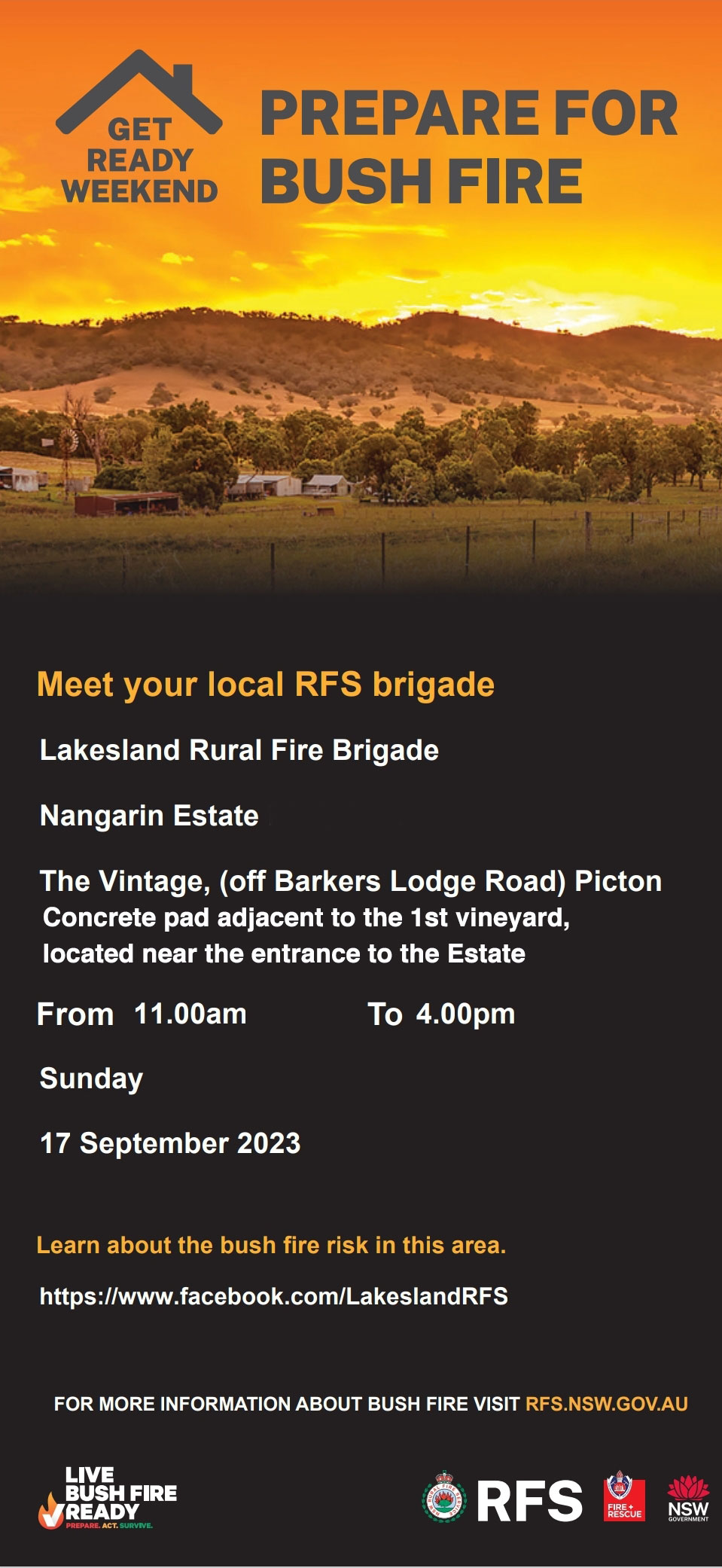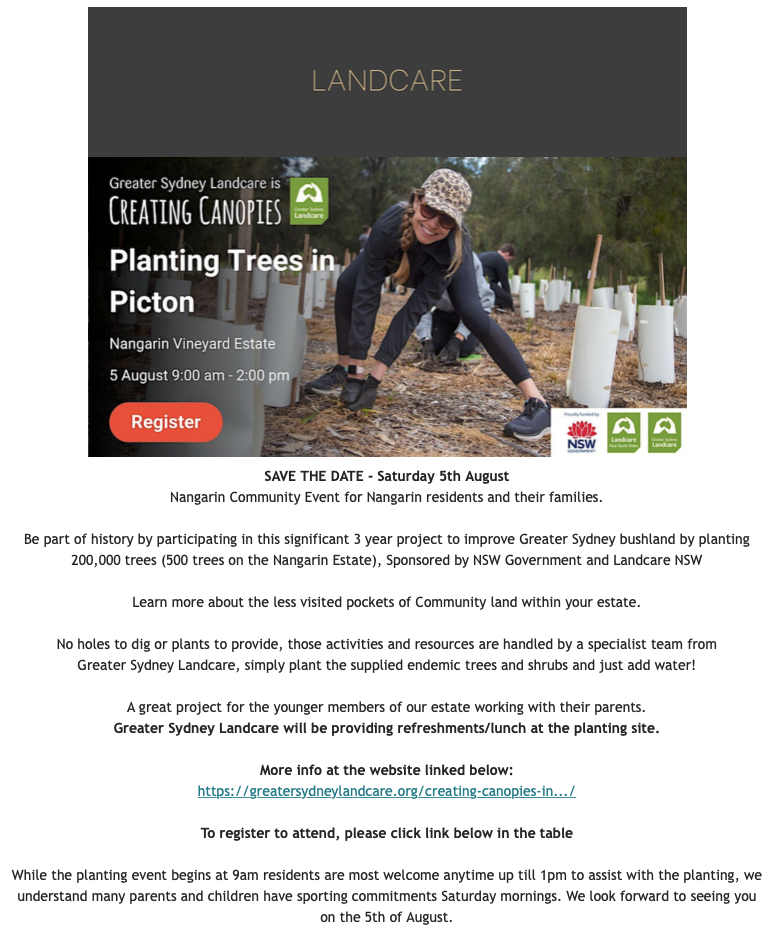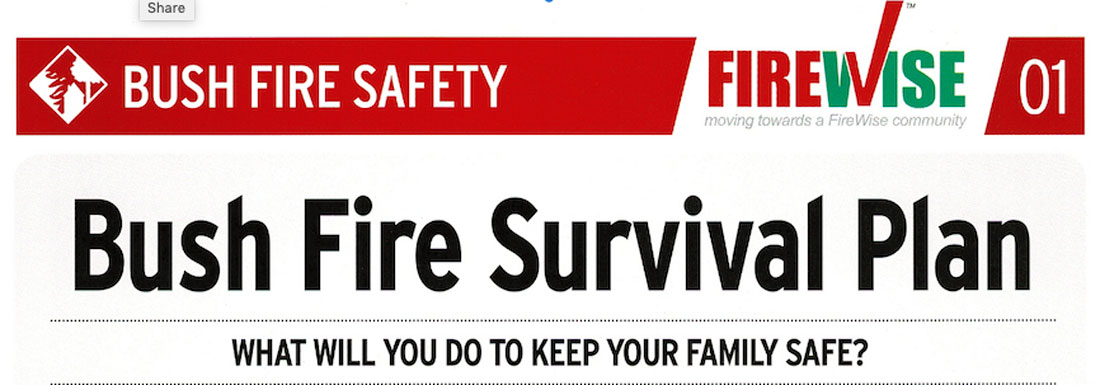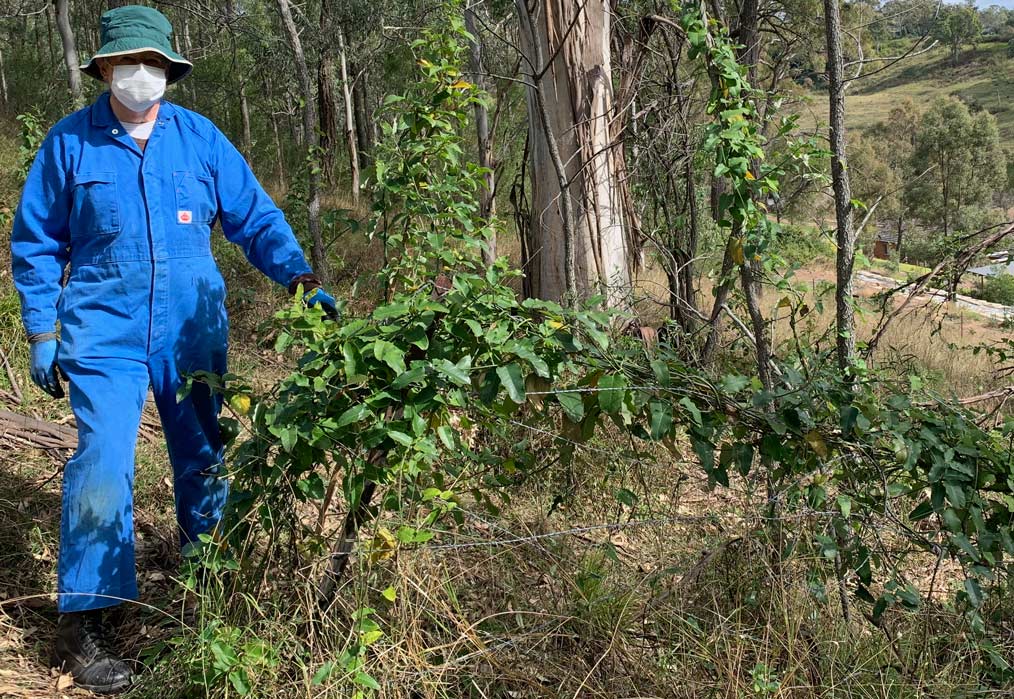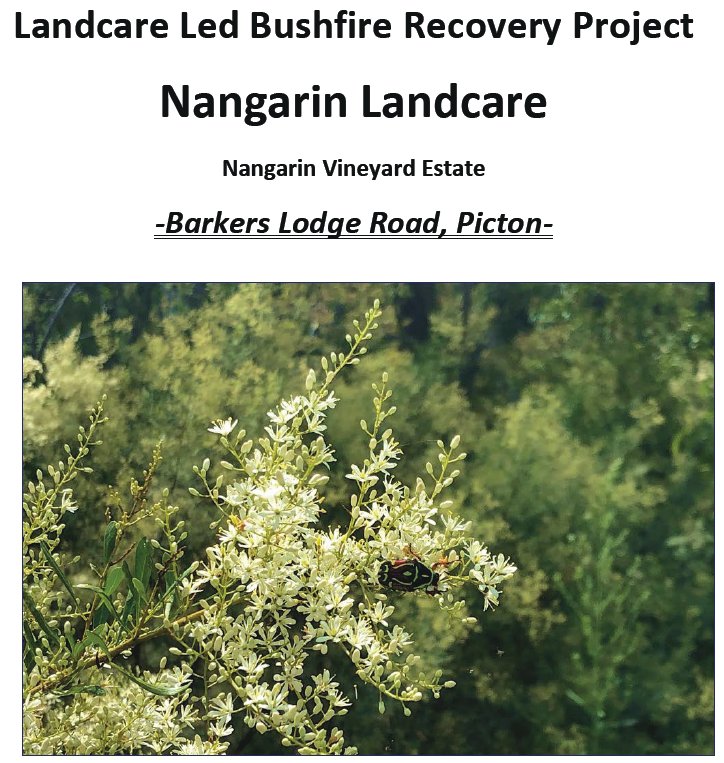-
-
-
This file contains important information on managing bushfire risks.
Topics covered include:
- Survival planning
- Leaving Early
- Staying and defending
- Safety for pets
- Grass fires
Click on link below to access the information sheets.
-
Alert : Problem Weeds – need to act now!
A number of seriously problematic weed types are evident within the Nangarin Estate, both on private and Community lands. Their ability to spread rapidly and distribute widely, due to their effective seed dispersal capabilities, are major reasons why residents need to act quickly to effectively eradicate these environmentally damaging weeds. Many of the weeds are toxic and suitable protective clothing and accessories should be used during treatment.
Below are links to pdf information sheets for the major weed types that may assist residents in both identifying and treating invasive weeds:
-
Nangarin Landcare Group 2023 Activities
Proposed Landcare Activities for 2023:
Join our friendly group of residents and learn about flora in your area.
Date Start time Activity Saturday, 4 March 2023 8:00 am Monthly Landcare Working bee (3 hr) Saturday, 1 April 2023 9:00 am Monthly Landcare Working bee (3 hr) Saturday, 6 May 2023 9:00 am Monthly Landcare Working bee (3 hr) Thursday, 18 May 2023 3:00 pm Twilight Landcare Working bee (2 hr) Saturday, 3 June 2023 9:00 am Monthly Landcare Working bee (3 hr) Saturday, 1 July 2023 9:00 am Monthly Landcare Working bee (3 hr) Saturday, 5 August 2023 9:00 am Monthly Landcare Working bee (3 hr) Saturday, 2 September 2023 9:00 am Monthly Landcare Working bee (3 hr) Saturday, 30 September 2023 9:00 am Monthly Landcare Working bee (3 hr) Tuesday, 17 October 2023 3:00 pm Twilight Landcare Working bee (2 hr) Saturday, 4 November 2023 8:00 am Monthly Landcare Working bee (3 hr) Dates are subject to change, please register your interest through info@nangarin.com.au to receive updates.
-
Nangarin Landcare 2023
Project Update
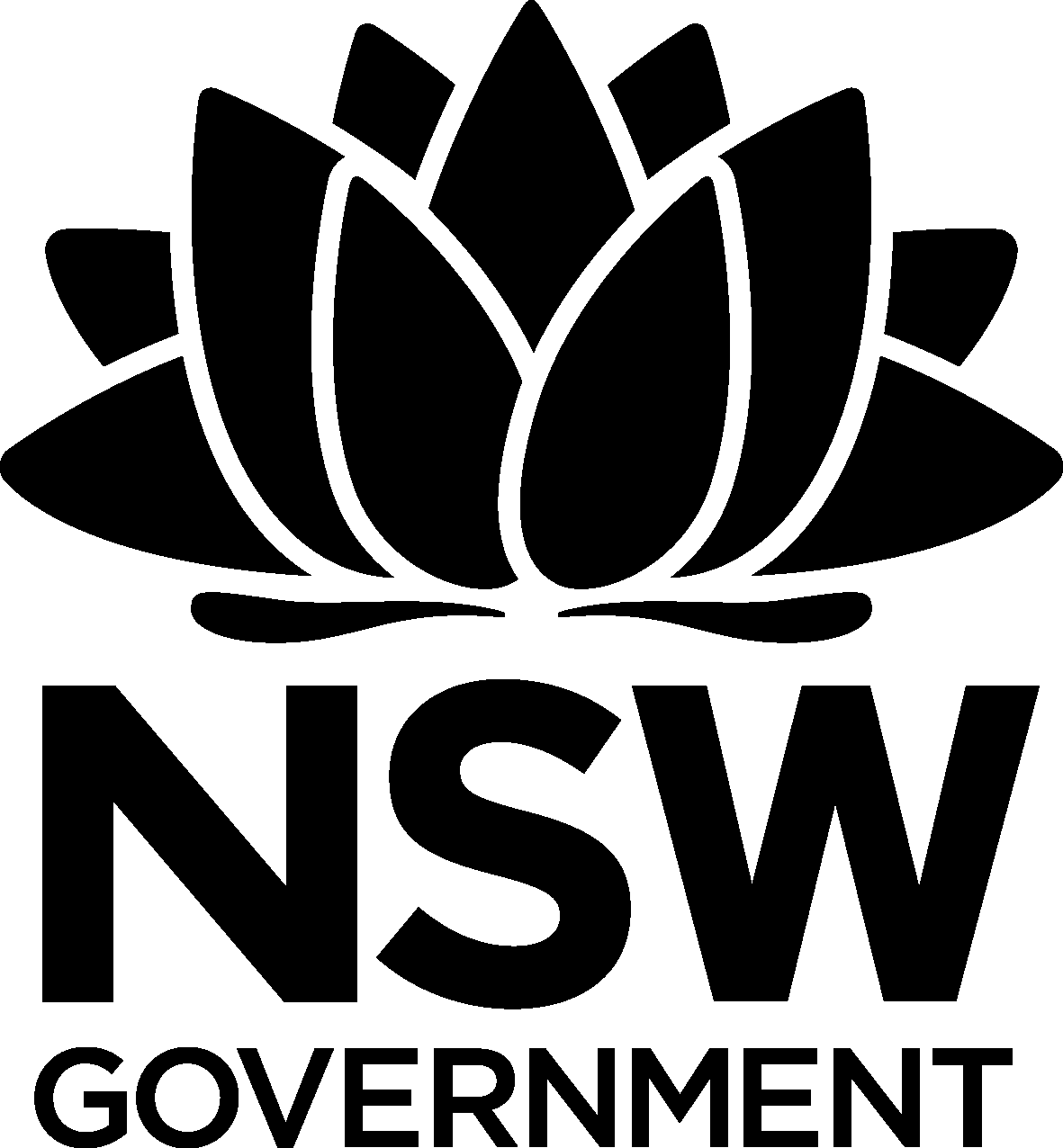 January 2023 marks the conclusion of the two year Nangarin Nature Corridor – ‘Cumberland Plain Woodland Restoration – Stage 2’ project assisted by the NSW Government through its Environmental Trust 2019-20 Restoration and Rehabilitation Grants.
January 2023 marks the conclusion of the two year Nangarin Nature Corridor – ‘Cumberland Plain Woodland Restoration – Stage 2’ project assisted by the NSW Government through its Environmental Trust 2019-20 Restoration and Rehabilitation Grants.The Project targeted areas of remnant Cumberland Plain Woodland (CPW) within the East-West nature corridor within the Nangarin Vineyard Estate, where the endemic biodiversity of the CPW was threatened by invasive Lantana (Lantana camara) and other weeds. Planned in three stages with site work commencing in February 2021, the project involved engaging a team of professional ‘Bush Regen.’ Contractors (Ecohort P/L) to work on the eastern corridor, while members of the Nangarin Landcare Group addressed areas of dense Lantana along the western corridor. Extensive periods of wet weather during the project posed challenges with planning and access to the steep slopes, coupled with the high rate of Lantana growth.
The most recent review of the Contractor sites showed a high success level in treating Lantana. A followup session in early January targeted any regrowth or areas missed in earlier sessions. Photo below shows reduction in Lantana in Contractor Stage 2 area:
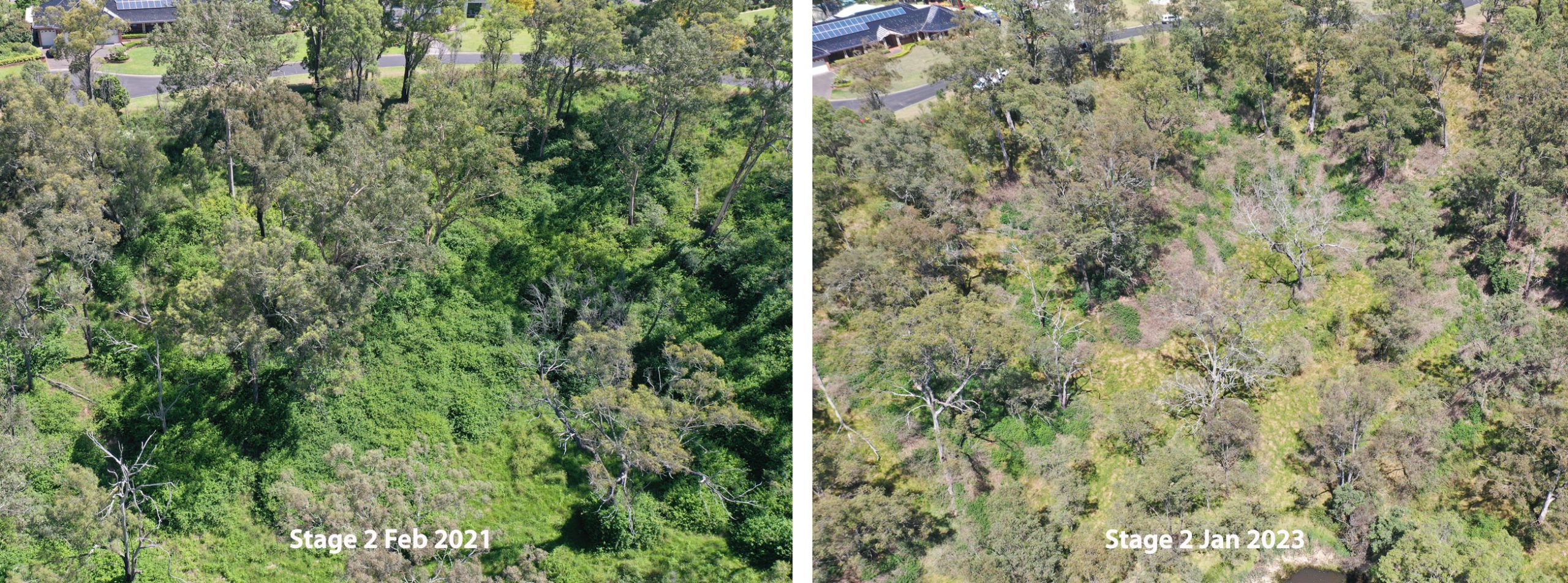
-
Is this environmental threat lurking in your garden or surrounding bushland?
Bridal Creeper (Asparagus asparagoides) is considered a major weed affecting NSW bushland areas, where it can smother native plants. It is classified as a ‘Weed of National Significance’.
It forms a thick mat, up to 100mm deep, comprising a mass of underground tubers from branching rhizomes which impede the root growth of other plants. Above the ground it has an attractive bright green, shiny ‘leaves’ (4–30 mm wide by 10-70 mm long) and its climbing stems readily attach to vertical support structures, like fences shrubs and trees. On the ground it forms a blanketing spread across garden beds smothering other plants.
Bridal Creeper is present in Nangarin and collectively we need to eradicate it from our residential Lots and bushland.
Chemical treatment is highly effective and needs to be done in the months of August through to the end of September, so it is important to treat any outbreaks now!
The short YouTube© link below provides excellent advice.
Department of Primary Industries Website (link below) provides further detailed information and treatment techniques.
Always follow the herbicide manufacturers directions and use appropriate personal protection equipment when handling chemicals.
https://weeds.dpi.nsw.gov.au/Weeds/BridalCreeper
https://www.youtube.com/watch?v=NoYtY-UQvNs
If you require assistance in identifying Bridal Creeper or its treatment, then please request support through info@nangarin.com.au
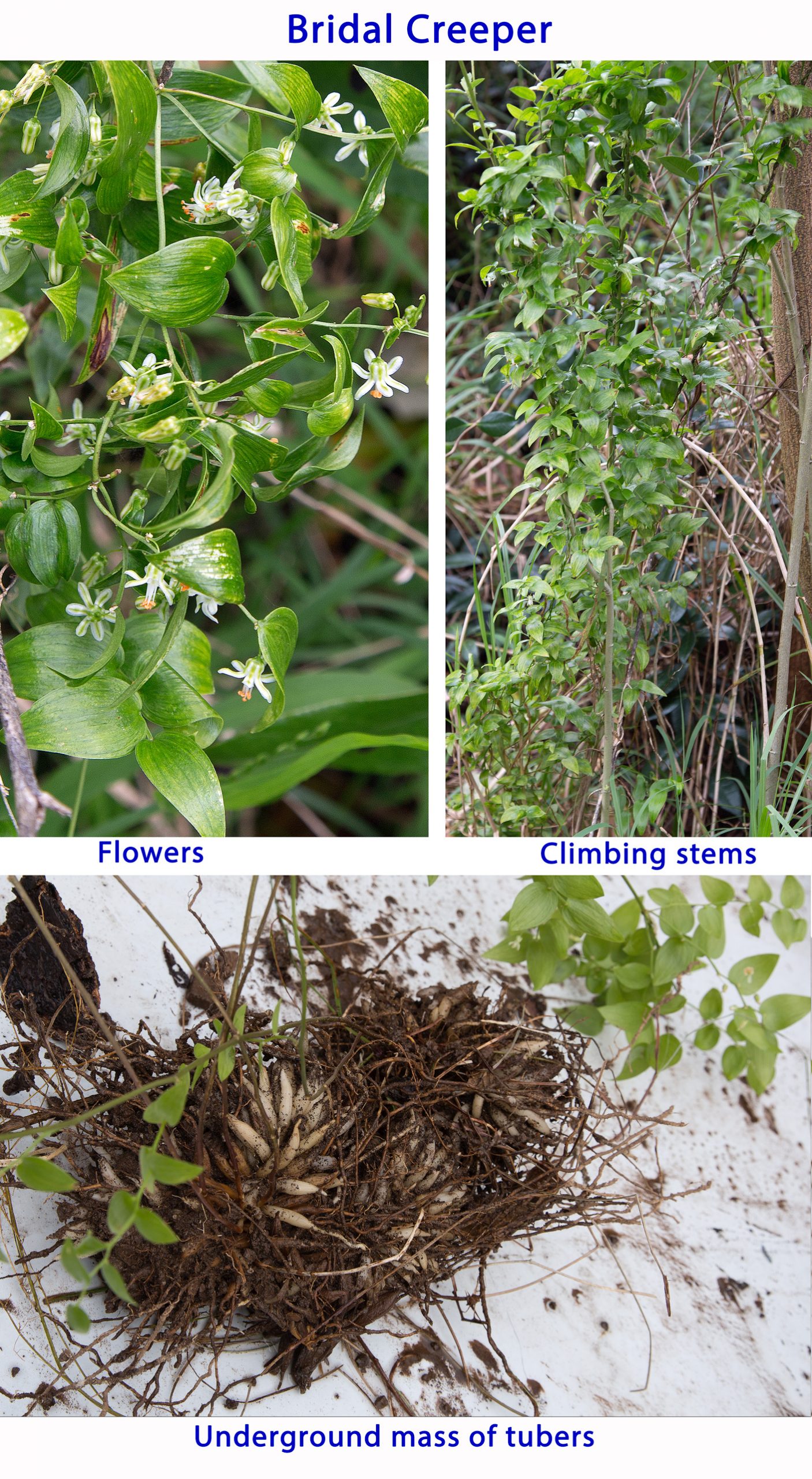
-
Nature Safari
Sunday June 19, a mild sunny winter’s day, saw the running of the Tom Covell Nature Safari at Nangarin. Postponed from 2021 due to Covid restrictions, the event organised and funded by Greater Sydney Land Services provided a wonderful opportunity for local residents to gain an informed insight into the unique and diverse ecology of bushland within the Nangarin Estate.

Naturalist and Ecologist Tom Covell from ‘Hooked on Nature’ guided participants along a path travelling through open grasslands to narrow tracks along Stonequarry Creek, observing with his keen eye the range of flora and fauna listed below. Due to the high level of interest from residents, the activities were divided into two 2-hour sessions, with each session accommodating 18 residents.
A sausage sizzle lunch, provided by the Nangarin Landcare team, and the opportunity to chat with other residents rounded out a great day, as feedback from one family states: “We absolutely loved yesterday’s session. We learned a lot and feel so lucky to live in such a beautiful place. We took away quite a bit from the session. “
The Nangarin Community is appreciative of the efforts of Tom Covell and Angela Maier, Greater Sydney Local Land Services, for providing this unique opportunity to enhance our understanding of our local environment
Here is a list of some of things seen, heard or talked about on the day and links to further information and resources:
- Some of the animals/critters we saw or heard:
- Glossy black cockatoo – listed as a vulnerable species in NSW – read more about them & get involved in the Great Glossy Count HERE – they feed on the seeds of Casuarina trees
- Brown goshawk
- Swamp wallaby
- Golden orb weaving spiders
- Weebill – small birds high in the canopy
- Common eastern froglet – Download the FrogID app and report frog calls
- Bell miner bird – which feed on psyllids
- Centipedes and Earthworms
- Native plants:
- We saw a lot of Grey Gums (Eucalyptus punctata – also known as Salmon Gums) – which are koala food trees
- Check out this Koala food trees fact sheet from Wollondilly Council
- Native cherry tree
- Native mistletoe – read about how they are important habitat trees for critically endangered species like the Regent Honeyeater HERE and about the Mistoetoe bird
- Parramatta Green Wattle (Acacia parramattensis)
- Various forms of Fungi
- We saw a lot of Grey Gums (Eucalyptus punctata – also known as Salmon Gums) – which are koala food trees
- Animals/critters that are likely to live in the area:
- Koala – Read more about the Wollondilly Koala Conservation project
- Yellow bellied glider – listen to calls HERE
- Sugar glider – has left lots of small scratches on trees – read more about them and hear calls HERE
- Monitor lizard/goanna
- Echidna
- Microbats
- Wombats
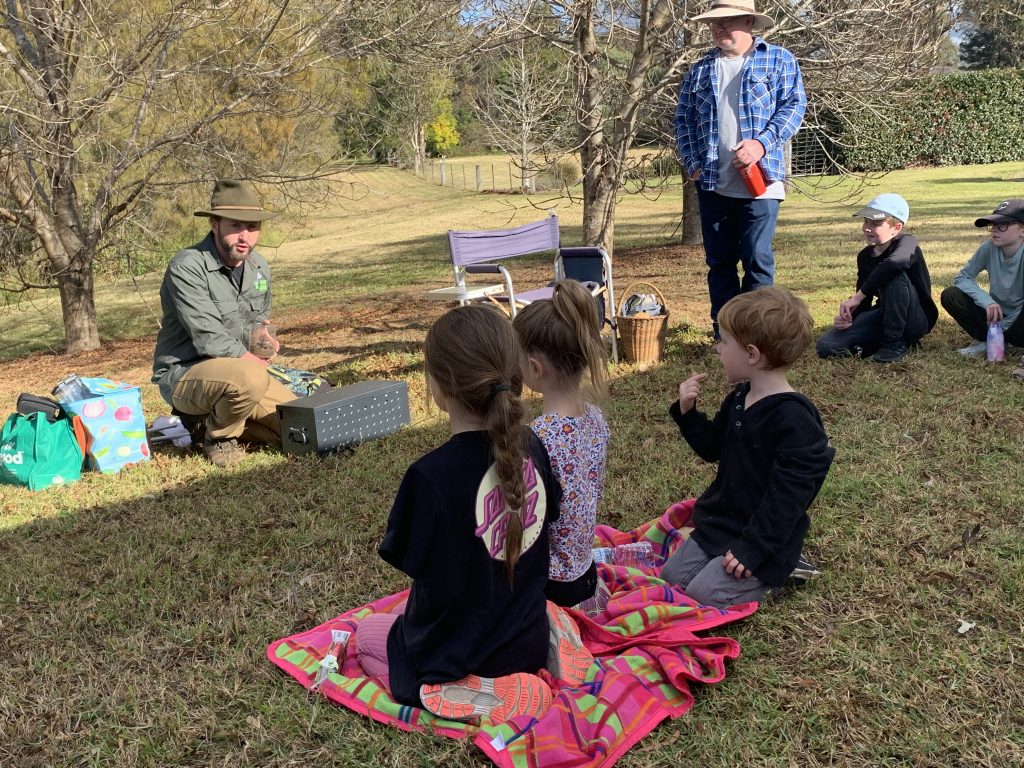 Other websites that may be of interest:
Other websites that may be of interest:- Cumberland Plain Woodland is a critically endangered ecological community – read more about the Cumberland Plain Restoration program that Greater Sydney Landcare is running HERE
- Wollondilly Council’s Community Nursery at Wonga Rd, Picton has a range of native plants. Local residents are entitled to 20 free plants per year.
- Habitat hollows – learn about the importance of retaining tree hollows HERE, or report a wildlife using a hollow HERE
- Feralscan – report sightings of pest animals such as foxes, deer and rabbits HERE
- Subscribe to the Greater Sydney Landcare and Community news HERE to stay up-to-date with events, citizen science opportunities and other great information.
________________________________________________________________________________________
- Some of the animals/critters we saw or heard:
-
Problem Weeds and treatment techniques!
A number of seriously problematic weed types are evident within the Nangarin Estate, both on private and Community lands. Their ability to spread rapidly and distribute widely, due to their effective seed dispersal capabilities, are major reasons why residents need to act quickly to effectively eradicate these environmentally damaging weeds. Many of the weeds are toxic and suitable protective clothing and accessories should be used during treatment.
Below are links to pdf information sheets for the major weed types that may assist residents in both identifying and treating invasive weeds:
-
Nangarin Flora Report by CPR
This report covers a site visit at the Nangarin Landcare site in the Southwest of Sydney near Picton. The Landcare sites are in and around Nangarin Vineyard Estate. The estate is accessed off Barkers Lodge Road and bounded by Long Gully hydroline to the north and Stone Quarry Creek to the east and south.
The woodland onsite is a mix of Cumberland Plain Woodland (CPW), Shale Sandstone Transition Forest (SSTF) and Riparian Woodland. There is a wide variety of native flora species in the Estate’s remnant bushland and the volunteers have done a great job of improving their local landscape. Each area has varying degrees of woody and annual weeds but also an array of insect and bird life.
Full Report: CPR Report Nangarin Flora visit 22-1-22
